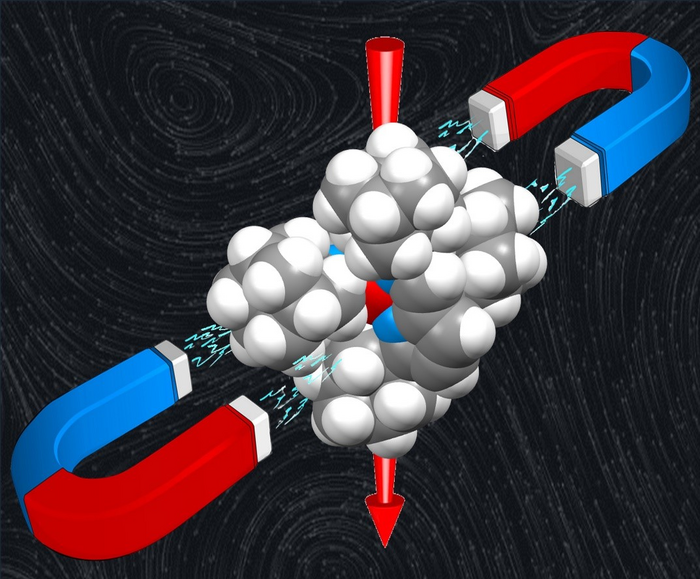Scientists from the University of Lisbon in Portugal and the University of Stuttgart in Germany have synthesized and comprehensively characterized a series of cobalt compounds with molecular magnet characteristics, which is an optimistic development for the future of quantum computing.
 Molecular magnets. Image Credits: P. S. Ferreira, A. C. Cerdeira, T. F. C. Cruz, N. A. G. Bandeira, D. Hunger, A. Allgaier, J. van Slageren, M. Almeida, L. C. J. Pereira and P. T. Gomes, Inorg. Chem. Front., 2022, Advance Article, DOI: 10.1039/D2QI00601D.
Molecular magnets. Image Credits: P. S. Ferreira, A. C. Cerdeira, T. F. C. Cruz, N. A. G. Bandeira, D. Hunger, A. Allgaier, J. van Slageren, M. Almeida, L. C. J. Pereira and P. T. Gomes, Inorg. Chem. Front., 2022, Advance Article, DOI: 10.1039/D2QI00601D.
Due to the intensification of electronic devices, the present need for data interchange and manipulation via information technologies has prompted scientists to consider more efficient calculation methods. When a stimulus is applied to a binary system, it switches between two stable states under ambient circumstances.
Non-volatile memory, higher processing speeds, lower energy consumption, and lower integration densities are all possible using a novel spin electronics (spintronics) paradigm centered on the configuration of electron spins to store binary information.
A team of researchers from the University of Lisbon in Portugal and the University of Stuttgart in Germany discovered a sequence of cobalt compounds that, at low temperatures, can transition between two magnetic states.
These molecules which exhibit magnetic bi-stability are known as molecular magnets, and characterization techniques such as high-field electronic paramagnetic resonance enable the assessment of these materials’ response capabilities in the presence of magnetic fields.
Computational studies on atomistic models based on the study team’s earlier work on cobalt complexes, which had previously been untapped for this purpose, were carried out to offer the physical basis of their traits and yield a justification for optimizing their performance.
The new findings use characterization techniques such as high-field electronic paramagnetic resonance to assess the response capabilities of these materials in the presence of magnetic fields.
There are currently two ‘battle fronts’ with regards to research of single molecule magnets: one of them handles research with lanthanide complexes. And indeed, one may obtain gigantic magnetization reversal barriers from them. But lanthanides are costly to produce.
Nuno Bandeira, Research Team Member and Researcher, Faculty of Sciences, University of Lisbon
Bandeira added, “The other research front handles first row transition metals which are cheaper to obtain but the magnetization barriers are much smaller, which means they can only function adequately at very low temperatures. Ideally one would like to attempt to obtain a single molecule magnet that operates at room temperature.”
“These results point the way to the improvement and design of new types of ligands, for better performing molecular magnets with increasingly higher temperatures. Altogether, these results represent a milestone in the evolution of our knowledge and in the search for better materials for application in spintronics and quantum-scale computing”, further stated Bandeira.
Journal Reference:
Ferreira, P. S., et al. (2022) Single-ion magnet behaviour in homoleptic Co(ii) complexes bearing 2-iminopyrrolyl ligands. Inorganic Chemistry Frontiers. doi:10.1039/D2QI00601D.